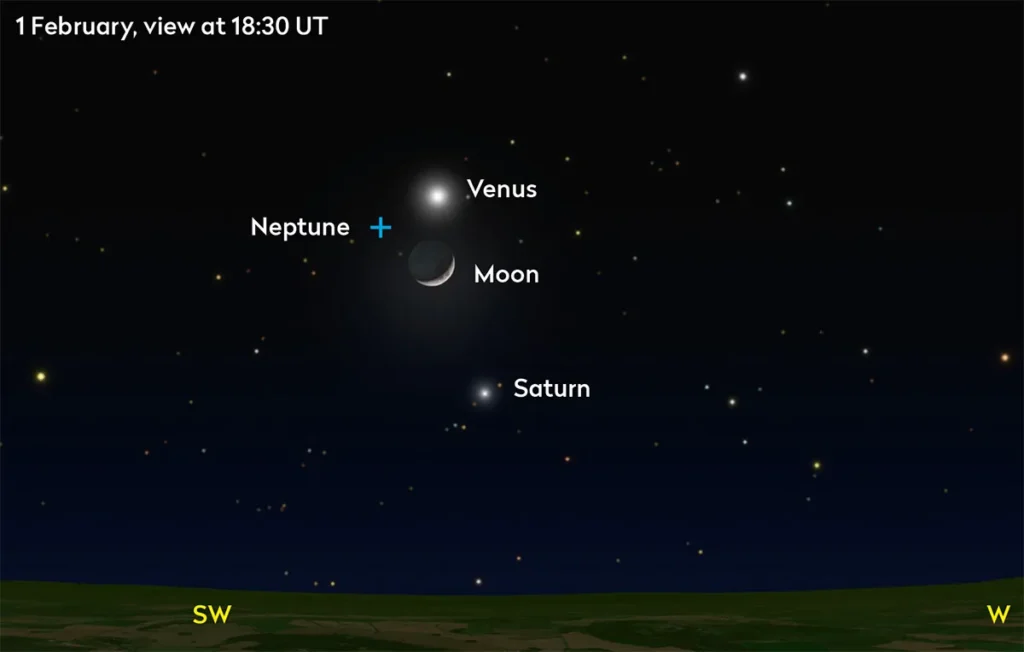Have you ever gazed up at the night sky and wondered, “What planet is next to the moon tonight?” or “What star is next to the moon tonight?” You’re not alone! Astronomy enthusiasts and casual stargazers alike are often captivated by the beautiful dance of celestial bodies, especially when our Moon plays host to close encounters with planets and bright stars. In this comprehensive guide, we’ll explore tonight’s sky—from the moon’s phases to the planets that might be brushing past it, including notable mentions like Venus, Saturn, and other dazzling stars. Whether you’re wondering “what planet is above the moon tonight?” or curious about the “bright star next to the moon tonight,” this blog is your go-to resource for an engaging and interactive night sky adventure.
Introduction to the Night Sky
The night sky has fascinated humanity for millennia. Ancient civilizations used the stars for navigation, storytelling, and to mark the passage of time. Today, with the advent of modern technology and a renewed interest in space exploration, anyone with a clear night and a bit of curiosity can become an amateur astronomer.
This blog post is designed to provide you with detailed insights on how to observe celestial events tonight—focusing on the moon, nearby planets, and bright stars. Our aim is to answer common queries like:
- “What planet is next to the moon tonight?”
- “Which planet is near the moon tonight?”
- “What is the bright star next to the moon tonight?”
Before diving into the specifics, let’s set the stage by understanding why the moon is so central to our night sky experiences and how its position can help us locate other celestial bodies.
Understanding the Moon and Its Role in the Sky
The Moon is not just our closest celestial neighbor—it’s also a guidepost for stargazers. Its phases, from new moon to full moon, influence not only the amount of visible light in the night sky but also the appearance and visibility of nearby objects like planets and stars.
Moon Phases and Visibility
- New Moon: During the new moon phase, the Moon is nearly invisible as it passes between the Earth and the Sun. This is the best time for deep-sky observation since the sky is at its darkest.
- Waxing Crescent to First Quarter: The Moon starts to show a thin sliver of light. During these phases, the crescent is often accompanied by nearby bright objects.
- Full Moon: When the Moon is fully illuminated, it can sometimes wash out fainter stars and planets. However, the full moon itself is a spectacular sight.
- Waning Gibbous to Last Quarter: Similar to the waxing phases, these phases provide a mix of light and shadow, which can highlight nearby celestial bodies.
The Moon’s Impact on Observing Other Celestial Bodies
One of the most exciting aspects of the night sky is the way the Moon interacts with other planets and stars. Depending on the time of night and the phase of the Moon, you might notice:
- Close Encounters with Planets: At certain times, planets such as Venus or Saturn may appear to be very close to the Moon. This can be particularly striking for observers who wonder, “What planet is next to the moon tonight?”
- Bright Stars Near the Moon: The contrast of a luminous Moon against the backdrop of a twinkling star field can reveal stars that seem to be “hanging out” next to the Moon. Observers often ask, “What star is next to the moon tonight?”
Understanding these dynamics is key to planning your observation session. Let’s explore how to identify these fascinating pairings.
Identifying Planets Next to the Moon Tonight
One of the most common questions on stargazer forums and social media groups is, “What planet is next to the moon tonight?” The answer varies depending on your geographic location and the time of year. However, there are a few general pointers that can help you identify these celestial encounters.
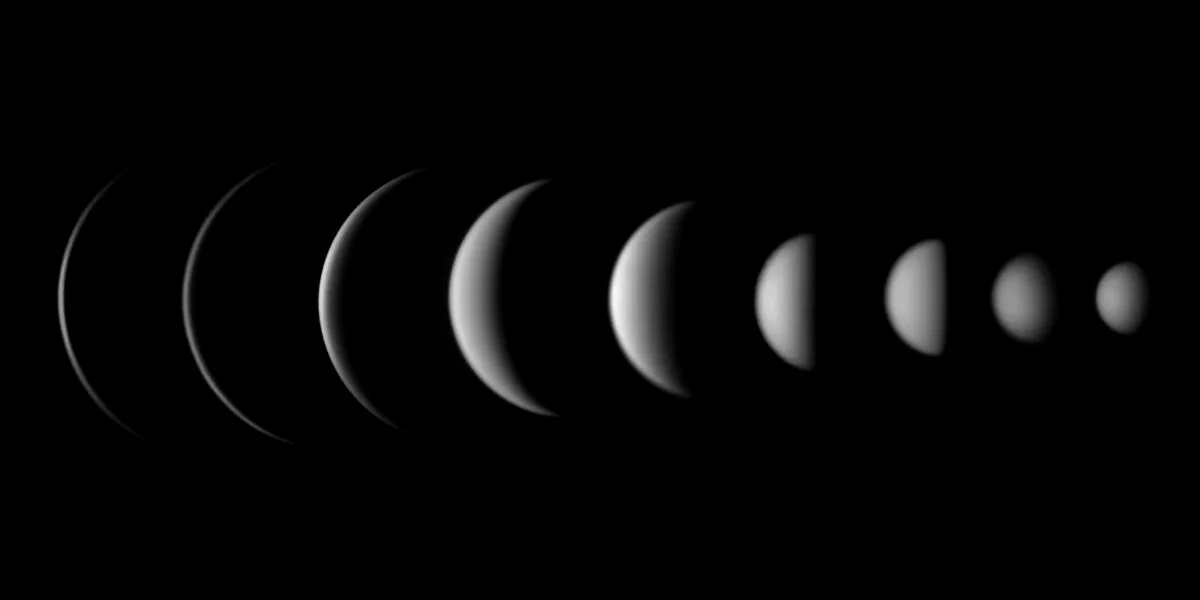
What Planet Is Next to the Moon Tonight?
The phrase “what planet is next to the moon tonight” can yield different answers as the positions of planets shift over time. For example:
- Venus: Often dubbed the “Evening Star” or “Morning Star,” Venus is a frequent visitor near the Moon. Its brilliance makes it one of the easiest planets to spot, and during certain periods, it can appear to nestle closely beside the Moon.
- Jupiter: Known for its immense size and brightness, Jupiter can sometimes be seen near the Moon, especially during opposition when it is closest to Earth.
- Mars or Mercury: Depending on their orbits, Mars and Mercury can also make an appearance near the Moon.
The key to identifying these planets is using a reliable stargazing app or planetarium software that updates in real time. These tools use your location to pinpoint the positions of celestial bodies relative to the Moon.
What Planet Is Above the Moon Tonight?
While “above” can be a relative term in the sky, many observers have reported sightings of planets seemingly hovering directly above or adjacent to the Moon. If you’re asking, “what planet is above the moon tonight,” consider the following:
- Altitude and Azimuth: Using a star map or smartphone app, check the altitude (how high it is in the sky) and the azimuth (its compass direction). This will help you determine if the planet is truly above the Moon or simply in close proximity.
- Venus and Jupiter: These two planets are common candidates for such sightings, thanks to their brightness and predictable orbits.
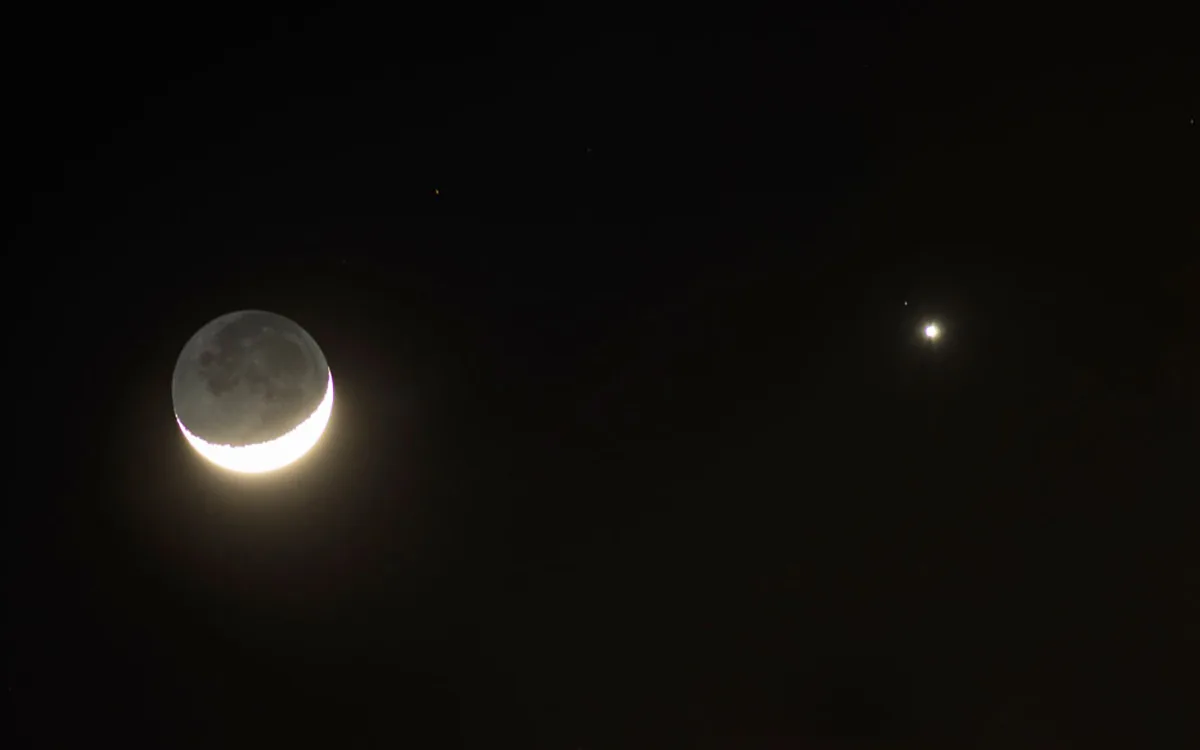
Planet Near the Moon Tonight
Sometimes you might come across phrases like “planet near moon tonight” or “planet by the moon tonight.” These are simply variations of the same inquiry. Whether you are looking for Venus, Jupiter, or even a less prominent planet like Mars, the technique remains consistent:
- Check Your Local Sky Map: Websites like Time and Date or apps like Stellarium and SkySafari provide real-time maps.
- Use Binoculars or a Telescope: While the naked eye can pick out the brighter planets, a small telescope or even binoculars can enhance your view and confirm which planet is near the Moon.
- Consult Astronomy Forums: Sometimes local astronomy clubs or online forums provide timely updates on where to find specific planets near the Moon tonight.
Planet by the Moon Tonight: A Step-by-Step Guide
- Prepare Your Observation Spot: Find a location with minimal light pollution. Use apps like Dark Sky Finder to locate the best spots.
- Check the Weather: Clear skies are a must for any stargazing session.
- Set Up Your Equipment: If you have a telescope, set it up and align it properly. Otherwise, a comfortable spot for naked-eye observations works just fine.
- Locate the Moon: Begin by finding the Moon, which is usually the most luminous object in the sky.
- Scan the Area Around the Moon: Slowly move your eyes around the Moon’s perimeter. Look for any bright dots that might be planets.
- Confirm Using an App: Cross-check with your stargazing app to see which planet is currently near the Moon tonight.
By following these steps, you can confidently answer the question, “Which planet is next to the moon tonight?” and enjoy a rewarding night of astronomical observation.
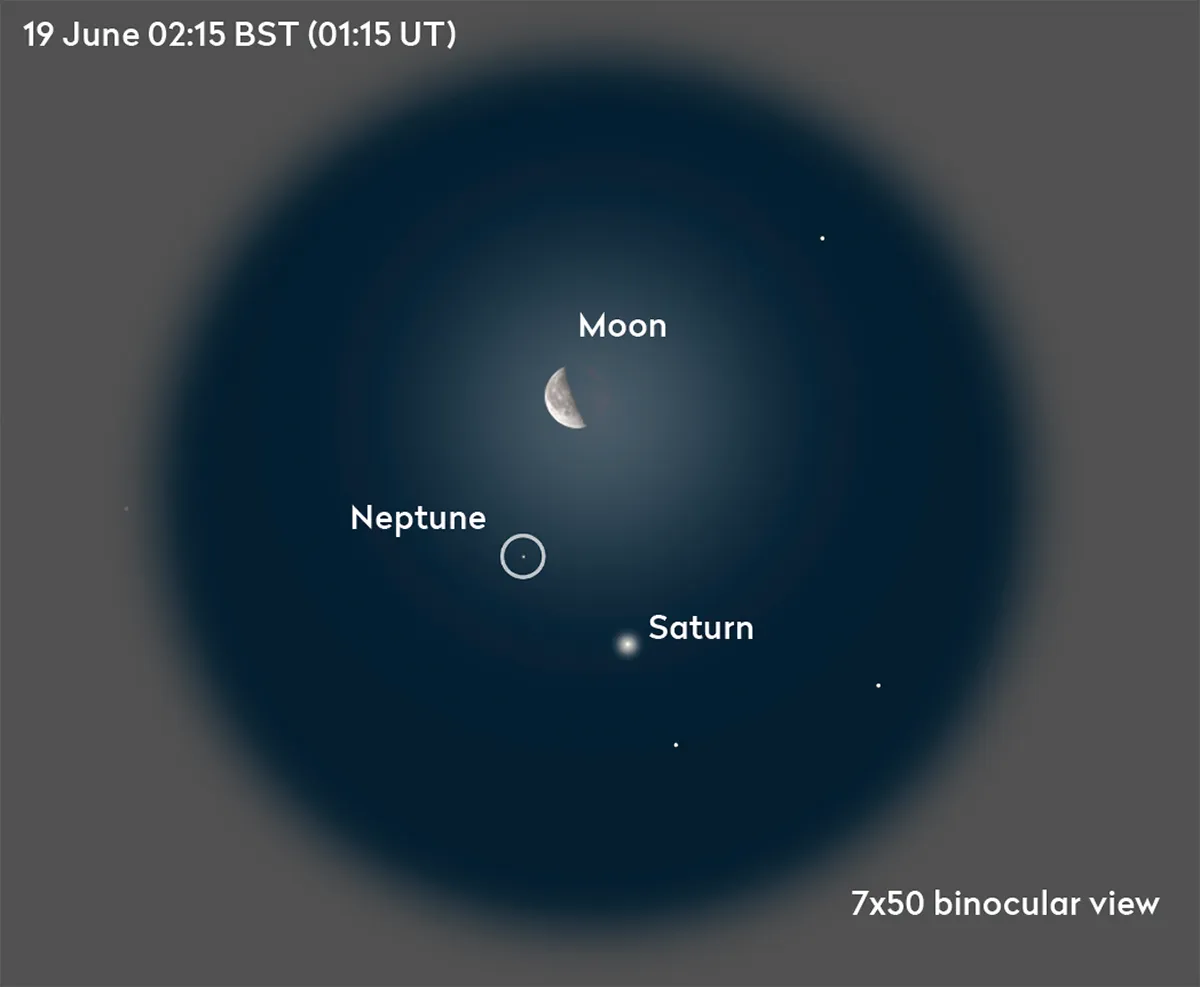
Spotting Bright Stars and Their Proximity to the Moon
In addition to planets, the night sky often gifts us with bright stars that appear to be situated near the Moon. Questions like “What is the bright star next to the moon tonight?” or “star next to moon tonight” are common among both amateur and experienced astronomers.
Bright Star Next to the Moon
A bright star next to the Moon can be an enchanting sight. Here are some tips for spotting these stars:
- Identify the Constellations: Familiarize yourself with the major constellations. Knowing where key constellations lie can help you identify if a bright star is part of a familiar pattern.
- Check Brightness Levels: Some stars are naturally brighter than others. Stars like Sirius, the brightest star in the night sky, are often visible even when they are not near the Moon. However, if Sirius or another bright star is near the Moon, it can create a stunning visual contrast.
- Record Your Observations: Use a star chart or a mobile app to note the positions of stars relative to the Moon. Over time, you’ll start to notice patterns and recurring appearances.
What Is the Bright Star Next to the Moon Tonight?
When you ask, “what is the bright star next to the moon tonight,” the answer can vary. Here are some possibilities:
- Sirius: Often called the Dog Star, Sirius is the brightest star in the constellation Canis Major. In certain nights, it might appear near the Moon.
- Capella: Another bright star, Capella in the constellation Auriga, may also be a candidate depending on the time of year.
- Arcturus: Known for its distinct orange hue, Arcturus is another bright star that sometimes aligns near the Moon.
Using star maps and apps can help you determine which bright star is next to the Moon tonight. Remember, the beauty of astronomy is that no two nights are ever exactly alike!
Star Next to the Moon Tonight: Tips for Identification
- Use a Star Finder: A simple star finder or planisphere can help you identify the positions of stars relative to the Moon.
- Note the Moon’s Phase: A thinner crescent or a gibbous Moon can make it easier to spot adjacent stars.
- Allow Your Eyes to Adjust: Give your eyes 20–30 minutes to fully adjust to the darkness. This adjustment period is crucial for spotting fainter stars.
- Engage with Community Observers: Many astronomy communities and social media groups share live updates and photos. Seeing someone else’s observation can confirm your own.
Star Next to the Moon: An Interactive Exercise
Try this fun exercise during your next stargazing session:
- Step 1: Locate the Moon and note its phase.
- Step 2: Without any equipment, try to identify any bright star that seems to be close to the Moon.
- Step 3: Use your smartphone app to check if your observation matches the data.
- Step 4: Take a photo and share it with your local astronomy club or online community. This not only validates your findings but also connects you with fellow stargazers.
Special Celestial Alignments: Venus, Saturn, and the Moon
One of the most mesmerizing phenomena in the night sky is the alignment of the Moon with planets like Venus and Saturn. The keyword “venus saturn moon” might evoke images of a cosmic ballet that seems almost choreographed by the universe.
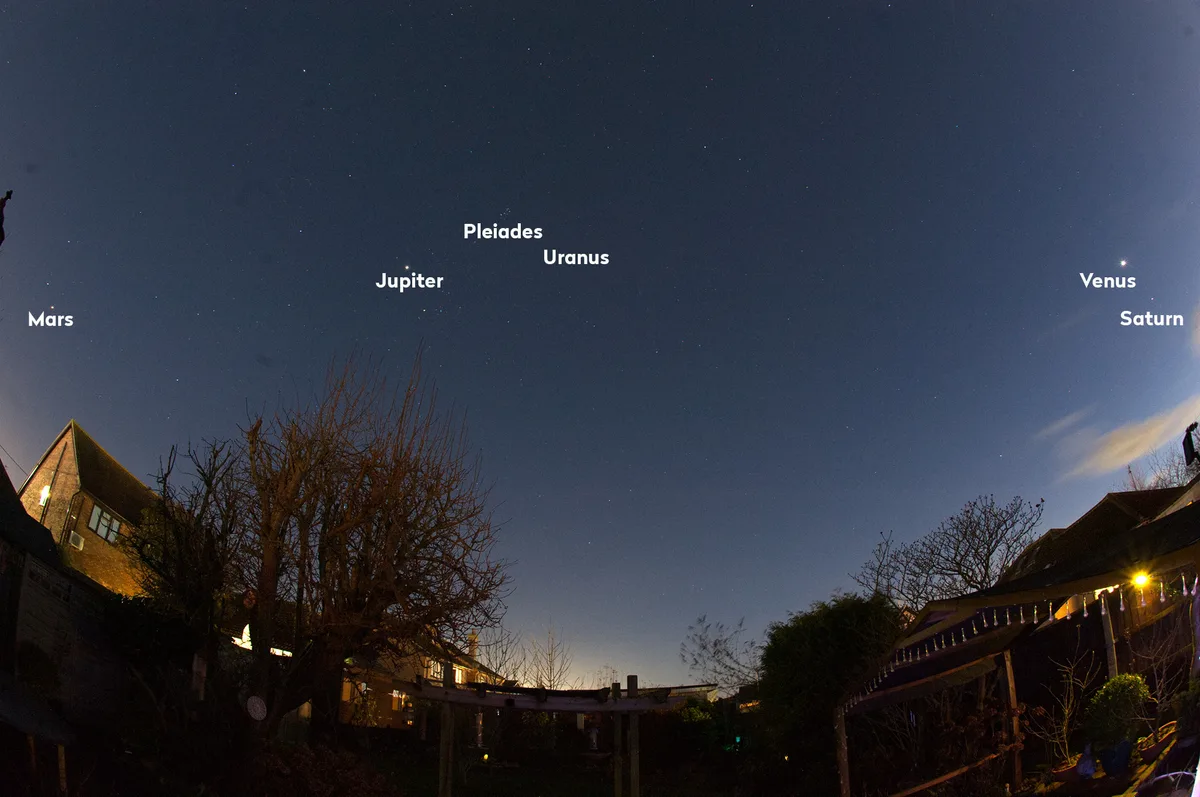
Venus and the Moon
Venus, often seen either as the Morning Star or the Evening Star, is famous for its brightness. Here’s why Venus is so captivating when it appears near the Moon:
- Brightness: Venus shines with an intensity that often outshines all other celestial objects except the Moon.
- Contrast: When Venus appears next to the Moon, the stark contrast between the glowing lunar surface and the sparkling Venus creates a breathtaking visual.
- Historical Significance: Throughout history, Venus has been a symbol of beauty and mystery in many cultures. Its appearance alongside the Moon has been featured in countless myths and legends.
Saturn and the Moon
Saturn is another planetary wonder known for its stunning ring system. When Saturn is visible near the Moon, it offers a different kind of spectacle:
- Ringed Beauty: Even with a modest telescope, Saturn’s rings become visible, adding a layer of intrigue to its presence near the Moon.
- Slower Motion: Saturn’s slower orbit compared to inner planets like Venus means that once it appears near the Moon, it can remain there for several nights, giving you ample time to observe.
- Astronomical Events: Occasionally, Saturn’s alignment with the Moon can coincide with other celestial events, making it a prime candidate for astrophotography and public sky-watching events.
How to Observe These Alignments
To maximize your experience when observing these special alignments:
- Plan Ahead: Use astronomy apps or check local astronomy websites for the timings of these alignments.
- Attend Star Parties: Many local astronomy clubs host star parties where experts can help you identify and understand these phenomena.
- Document Your Experience: Keeping a journal or taking photos can enhance your stargazing experience and provide a record of these rare events.
- Share Your Observations: Join online forums or social media groups dedicated to astronomy. Sharing your sightings can lead to fascinating discussions and further learning opportunities.
Interactive Tips for Observing the Night Sky
Observing the night sky is an interactive adventure that can be both educational and immensely fun. Here are some engaging tips to enhance your experience:
Use Technology to Your Advantage
- Stargazing Apps: Download popular apps like Stellarium, SkySafari, or Star Walk. These tools allow you to point your device at the sky and identify celestial objects in real time.
- Augmented Reality (AR): Some apps provide AR experiences, overlaying information on live images of the sky. This can be especially helpful when trying to locate “what planet is next to the moon tonight” or “what star is next to the moon tonight.”
- Online Communities: Platforms such as Reddit’s r/astronomy, Facebook groups, and dedicated forums can offer real-time advice and photo-sharing from fellow stargazers.
Join Local Astronomy Clubs
Local astronomy clubs often host events, workshops, and star parties. Joining one can:
- Provide Access to Telescopes: Many clubs have advanced telescopes that you can use during gatherings.
- Enhance Your Knowledge: Experienced astronomers can offer tips and insights that enrich your stargazing skills.
- Create Social Opportunities: Meeting like-minded individuals makes the hobby even more enjoyable.
Participate in Citizen Science Projects
Several citizen science projects invite amateur astronomers to contribute to scientific research. By participating, you can help track the movement of celestial bodies, monitor light pollution, and even search for new astronomical phenomena.
Engage in Interactive Exercises
Here are a few interactive exercises to try on your next stargazing night:
- Celestial Bingo: Create bingo cards with common celestial objects such as the Moon, Venus, Jupiter, and Sirius. Mark off each object as you spot it.
- Sky Diary: Maintain a diary where you document the date, time, and observed celestial events. Over time, this diary becomes a personalized record of your astronomical journey.
- Photo Comparisons: Take nightly photos of the Moon and its surroundings. Over weeks or months, compare the images to notice subtle shifts in the positions of nearby stars and planets.
Educational Resources
- YouTube Channels: There are many astronomy YouTube channels offering tutorials, sky tours, and live stargazing sessions. Channels like “PBS Space Time,” “Fraser Cain,” and “Sky & Telescope” are great places to start.
- Podcasts and Blogs: Listen to astronomy podcasts or read blogs that discuss upcoming celestial events. They often provide expert insights on what to expect in the night sky.
- Astronomy Books: Consider reading introductory books on astronomy. Titles like “Turn Left at Orion” provide step-by-step guides to observing the night sky.
FAQs About Moon, Planets, and Stars Tonight
Q: What planet is next to the moon tonight?
A: The answer depends on the date, time, and your geographic location. Often, Venus or Jupiter is visible near the Moon, but always check a real-time astronomy app for precise information.
Q: Is there a planet next to the moon tonight?
A: Yes, depending on the current positions of the planets in their orbits. Use a planetarium app to confirm which planet, if any, is adjacent to the Moon at your location.
Q: What is the bright star next to the moon tonight?
A: The bright star can vary. Common candidates include Sirius, Capella, or Arcturus. Observing with a star map or app will help you identify the correct star.
Q: Which planet is above the moon tonight?
A: “Above” is a relative term in astronomy. Check the altitude and azimuth using a star chart or app to determine if a planet like Venus or Jupiter appears above the Moon.
Q: How can I observe the Moon and planet tonight effectively?
A: Find a location with low light pollution, use a stargazing app, and consider binoculars or a telescope for a clearer view. Allow your eyes to adjust to the darkness and enjoy the celestial display!
Q: What should I do if the Moon washes out fainter stars?
A: Try observing during a crescent or gibbous phase when the Moon is not fully illuminated, or use a telescope with filters designed to reduce glare.
Q: Are there any online communities where I can share my observations?
A: Yes, online forums such as Reddit’s r/astronomy, local astronomy clubs on Facebook, and dedicated astronomy apps have active communities where you can share photos and insights.
Conclusion: Your Night Sky Adventure Awaits!
The night sky is a canvas painted with the brilliant light of the Moon, the steady glow of planets, and the twinkle of distant stars. Whether you’re asking, “What planet is next to the moon tonight?” or wondering about the “bright star next to the moon tonight,” remember that every observation is a unique opportunity to connect with the cosmos.
From understanding the Moon’s phases to using modern technology for real-time tracking, the world of astronomy is both accessible and endlessly fascinating. We hope this comprehensive guide has provided you with the tools and insights needed to embark on your next stargazing adventure.
So, grab your telescope or simply step outside with your smartphone, and let the night sky reveal its wonders. Share your experiences on social media, join local stargazing groups, and continue learning about the celestial events that make our universe so magical.
Remember, every night is a chance to witness the incredible dance of moon, planets, and stars. Whether you’re tracking “planet near moon tonight” or marveling at the alignment of “venus saturn moon,” the universe is always ready to offer a spectacular show. Happy stargazing!
Additional Resources for Enthusiasts
If you’re eager to learn more and deepen your astronomical knowledge, here are some resources to explore:
- Stellarium: A free, open-source planetarium software that shows a realistic sky in 3D.
- SkySafari: A mobile app with detailed star maps and information on celestial events.
- NASA’s Astronomy Picture of the Day (APOD): A daily dose of space photography and fascinating astronomical insights.
- Local Astronomy Clubs: Many cities have clubs that host regular meetups and observation nights.
By leveraging these resources and engaging with the vibrant community of sky watchers, you can enhance your understanding and appreciation of the night sky. The universe is vast, and there’s always something new to discover!
Final Thoughts
In this blog, we’ve explored a wide range of topics centered around your favorite night sky queries—moon planets, what planet is next to the moon tonight, what planet is above the moon tonight, what star is next to the moon tonight, and more. We hope that by the time you close this page, you’re armed with the knowledge to embark on a magical journey under the stars.
Whether you’re tracking a fleeting planetary alignment or simply enjoying the serene glow of the Moon tonight, every moment spent under the night sky is a chance to connect with the universe. So, take a moment, look up, and let the cosmic ballet inspire you.

